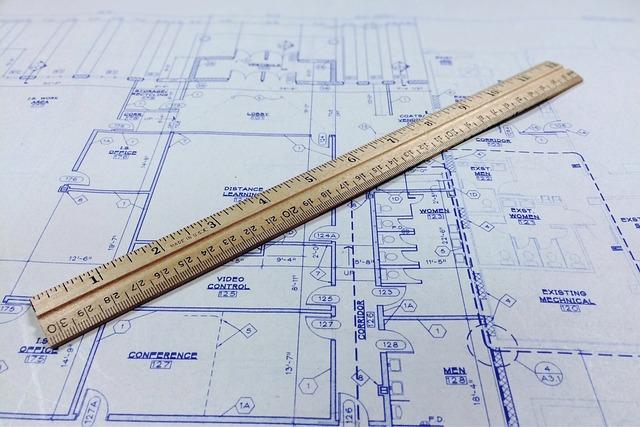| Complexity level: | 4 |
| Project cost ($): | 5 |
| Time required: | It will take an hour to set up the experiment, and an hour to conduct it. |
| Material availability: | Easily found |
| Safety concerns: | None |
Hypothesis
Boys have a shorted response time than girls.
Overview
Response time
Response time refers to the amount of time the body takes to respond to a stimulant. The body may react with a reflex action. For example, when a person touches something hot, or when his/her finger is pierced by a sharp thorn, he or she will naturally pull away from the hot or sharp object without having to think about it. How quickly a person reacts to external stimuli which is anticipated, also provides us with an indication of his/her response time. The stimuli that a person reacts to may be audible or visual. For example, how long does it take for a sprinter to take off from the starting line when the gun is fired? How quickly can a goalkeeper jump for the ball when a player from the opposing team takes a penalty kick? A popular method of ascertaining a person's response time is the "Ruler drop test", which we will be using for our experiment.
Hand-eye coordination
When a person responds to a visual stimulus, he/she co-ordinates his/her hands and eyes during the entire process of responding. Hand-eye coordination is a skill that human beings learn naturally from a young age. Hand-eye coordination is very important for human survival: humans need it in order to avert danger, to build homes, to harvest food and to acquire new skills. We use this skill in almost all of our daily activities: we use it when we make coffee, to write, to drive, in sports or for playing computer games. The eye processes bits of information and sends it to the brain. The brain processes these bits of information. It sends a signal to the hand through our nervous system and the muscles in our hands contract accordingly, to produce a desired response.
Scientific Terms
Materials
The materials required for the experiment are as follows:
- 20 boys and 20 girls aged 15
- a ruler
- writing materials
Procedure
1. For this experiment, the independent variable is the participants’ gender. The dependent variable is the participants’ response time when it comes to catching a ruler that has been dropped. Measure how far the ruler falls before it is caught by the participants. The constants (control variables) are to be the weight of the ruler and the participants’ age.
2. The first participant is to position his/her thumb and his/her index finger in a horizontal “V” shape.
3. Hold the ruler between the participant’s 2 fingers. The tester should hold the tip of the ruler and the base or the “0 cm mark” should be nearer to the participant than the tester. The participant’s fingers should not touch the ruler. Tell the participant that the tester will drop the ruler, and that he/she is to catch it using his/her 2 fingers.
4. Release the ruler such that it falls vertically. The participant is to catch the ruler using his/her thumb and index fingers. Record the distance the ruler falls before it is caught.
5. Repeat the test 5 times with each participant. For each participant, calculate the average distance the ruler falls before he/she catches it. Record this in the table below.
6. Repeat procedures 2, 3, 4 and 5 with the rest of the participants.

Results
The boys responded more quickly than the girls.

Conclusion
The hypothesis holds true: the boys had a shorter response time than the girls.
Hand-eye coordination is very important for human survival. It enables humans to respond quickly to danger. People are able to know when they are possibly in danger through their auditory sense - for example, when they hear an approaching vehicle sounding its horn or when they hear an explosion. Danger can be perceived visually too: for example, people know when an object is hurled at them.
Also consider
Engage participants who are more senior .
Have the participants use their non-dominant hand (i.e. get right handers to use their left hand and vice versa for left handers) and observe any difference in results.
References
How fast are you? - http://faculty.washington.edu/chudler/chreflex.html
Hand Eye coordination - Http://en.wikipedia.org/wiki/Eye%E2%80%93hand_coordination
Hand-eye coordination, Encyclopedia of Psychology, Apr 06, 2001

